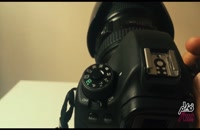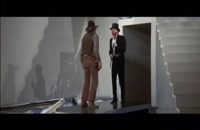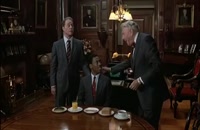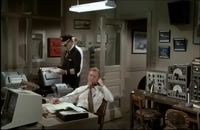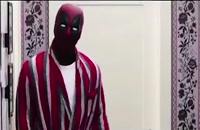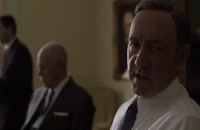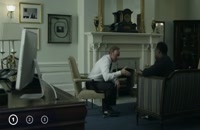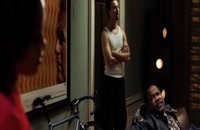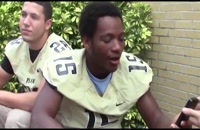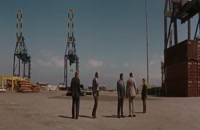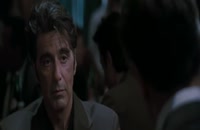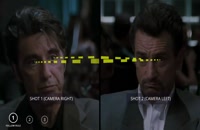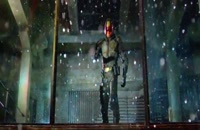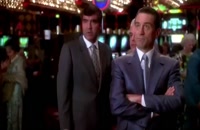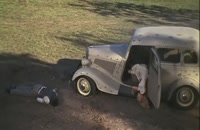طراحی تولید تیم برتون
لینک مقاله: http://www.se7enart.ir/news/32
Tim Burton's Eccentric Set Design and Art Direction Explained
Tip for your own film Tim Burton is a visionary director in every sense of the word. Watching Tim Burton movies, like Sleepy Hollow, Corpse Bride, Sweeney Todd, and Alice in Wonderland, the first thing you notice is that every square inch of the frame is bursting with his personality and his sensibilities. In this video essay, as part of our mise en scene series, we’re going to take a guided tour through the work of Tim Burton. Specifically, his production design, set design, and art direction, which have remained consistently “Burtonesque” for the last 4 decades. The term “world-building” gets thrown around a lot but in Tim Burton’s case, it’s quite literal. In fact, Burton often builds two worlds in each film — what we’ll call hyperreal suburbia and the macabre otherworld. In movies like Edward Scissorhands, Beetlejuice, and Big Fish, the real world collides with the fantasy world in juxtapositions that enhance the power of each. In Edward Scissorhands, consider the design of Edward’s ramshackle and neglected attic space against Kim’s bright and wholesome bedroom. Two characters from two vastly different worlds, making their eventual connection that much stronger. Every director has their influences but few filmmakers pay homage to them quite like Tim Burton, The most recognizable influence is German Expressionism, which manifests in angles lines and exaggerated architecture — think of the graveyard in Frankenweenie. We can see Burton’s love of monster movies and the animation style of Ray Harryhausen. There’s also the throwback ‘60s science-fiction aesthetic all over Mars Attacks! And we can’t forget the cookie-cutter wholesomeness of his suburbs, directly referencing his own childhood in the domestic utopia of Burbank, California
Tim Burton's Eccentric Set Design and Art Direction Explained
Tip for your own film Tim Burton is a visionary director in every sense of the word. Watching Tim Burton movies, like Sleepy Hollow, Corpse Bride, Sweeney Todd, and Alice in Wonderland, the first thing you notice is that every square inch of the frame is bursting with his personality and his sensibilities. In this video essay, as part of our mise en scene series, we’re going to take a guided tour through the work of Tim Burton. Specifically, his production design, set design, and art direction, which have remained consistently “Burtonesque” for the last 4 decades. The term “world-building” gets thrown around a lot but in Tim Burton’s case, it’s quite literal. In fact, Burton often builds two worlds in each film — what we’ll call hyperreal suburbia and the macabre otherworld. In movies like Edward Scissorhands, Beetlejuice, and Big Fish, the real world collides with the fantasy world in juxtapositions that enhance the power of each. In Edward Scissorhands, consider the design of Edward’s ramshackle and neglected attic space against Kim’s bright and wholesome bedroom. Two characters from two vastly different worlds, making their eventual connection that much stronger. Every director has their influences but few filmmakers pay homage to them quite like Tim Burton, The most recognizable influence is German Expressionism, which manifests in angles lines and exaggerated architecture — think of the graveyard in Frankenweenie. We can see Burton’s love of monster movies and the animation style of Ray Harryhausen. There’s also the throwback ‘60s science-fiction aesthetic all over Mars Attacks! And we can’t forget the cookie-cutter wholesomeness of his suburbs, directly referencing his own childhood in the domestic utopia of Burbank, California

